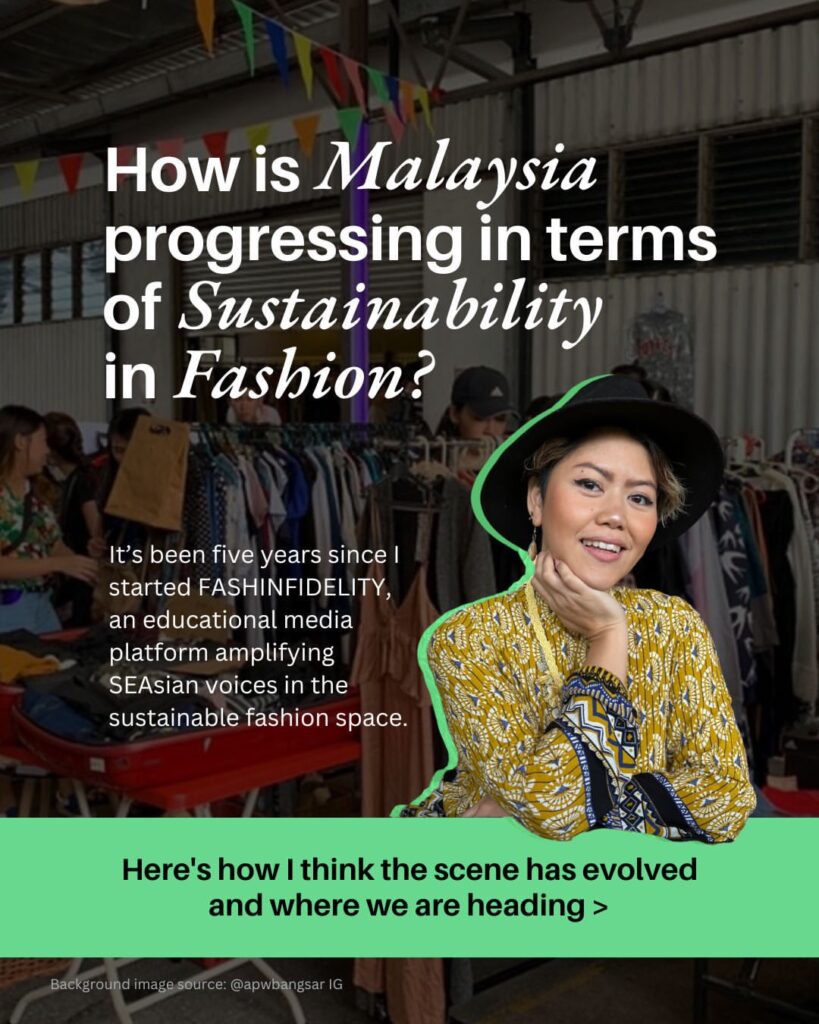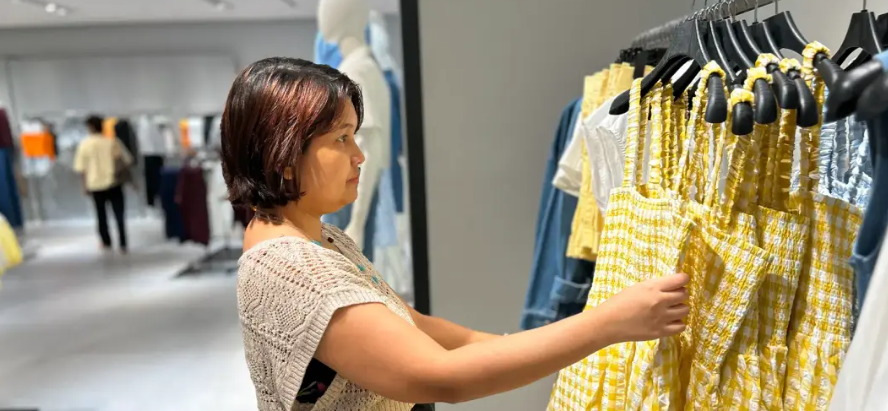It’s 2023 and sustainable fashion has gone mainstream. Where are we at and where we should we be heading in this space? Let’s take a closer look.
1,629 words; 8 mins read.
It’s been a bit over five years since I started FASHINFIDELITY from my grandmother’s living room in Kuala Lumpur at the start of 2018. Ah, the years go by so fast!
In case you didn’t know, FASHINFIDELITY was born to facilitate the sustainable fashion conversation that I am so passionate about from a holistic perspective, something I thought was not prevalent at the time in Malaysia. We infuse local content, industry news, and international campaigns into our platforms, and expose the black and white and grey areas of the fashion supply chain, never shying away from tackling controversial issues. We also aim to provide easy-to-digest solutions, because we believe in showing what’s possible with the power of collective action.
Having quit my corporate job and taken a year ‘off’ with no belongings, armed with an idea to write a business plan, I decided I was going to research the key people in this space. I created a ‘Master’ research list, and I put everything and anything I could find from brands, consultancies, rating and accreditations, published indexes, and influencers and movers and shakers by country. I had been living outside of Malaysia for 17 years, so I had to start afresh in terms of what I remember about life, culture, and business growing in KL.
It’s now 2023, and I thought I’d give you a bit of an update of how I think the scene has evolved since then.
1) The relationships between not-for-profits and corporations
In 2018, I had come across a number of zero-waste and ‘green’ product stores. I also found the only viable way for ‘green’ products to commercially enter the market for businesses was for them to be touted as corporate gifts or supplies. This included rPET hand towels (with personalised embroidery, of course), and plant-based catering dishware and packaging. Malaysians love freebies and food, and it didn’t matter if this was corporate merchandise!
Now, fast forward to today, I noticed that corporate gifting is still a cultural phenomenon Malaysians can’t shake out of. But instead of merch, there are plenty of businesses that promote a different way of gifting. For example, corporate ‘gift boxes’ that promotes all-natural products or handmade items made in Malaysia, or corporate ‘experiences’, such as collaborating with a social enterprise on conservation projects, or appreciating traditional arts, heritage, and culture.
What remains the same is that Malaysian civil societies, not-for-profits, and social enterprises have a symbiotic relationship with for-profit corporations and government agencies. Many deliver social, cultural and environmental justice work that rely on sponsorships from corporations or government agencies, because this work normally furthers a corporation’s CSR (corporate social responsibility) agenda, as well as being claimable as a tax deduction in the organisation’s taxable income.

Southeast Asia’s Fashion Sustainability Report 2021. Source: Fashion Revolution Singapore
2) Clothing & textiles disposal
Kloth Circularity is a regular collaborator on FASHINFIDELITY content, as we see our business purpose are much aligned. I first reached out to Kloth (previously Kloth Malaysia) in 2018, because I read that they held exclusive rights to market Waste2Wear products in the country, a line of ‘green’ hijabs, or scarves, made out of recycled plastic bottles by a company based in Shanghai. Not long afterwards, the Malaysian Green Technology Corporation (GreenTech) signed a memorandum of understanding (MoU) with Kloth to lend a voice to promote eco-friendly fashion products.
As we all know now, since then Kloth has focused their business model to power a Malaysian-centric movement to keep fabrics away from landfills, and boy, have they done that! Kloth partnered up with Life Line Clothing Malaysia, a textile recycling factory based in Port Klang, and the rest is history. Kloth currently has over 350 fabric recycling bins across the country (and now in Singapore), where everyday residents can drop off their unwanted textiles, with weekend drop-off events also servicing this need. It is important to mention there are also other providers in this space other than Kloth, which is all the more encouraging!
It’s not an overstatement however to say the facilities to recycle comingled recycling is very inconsistent in this country, let alone collection of unused or unwanted textiles. Textile diversion from landfill has definitely improved since then, as can be seen by the yearly collection figures. Unfortunately, Malaysia’s overall recycling rate is still very low since the Federal Solid Waste and Public Cleansing Management Act 2007 (Act 672) came into force in 2015. Solid waste in this country is still very ineffective and poorly managed. Reporting on any national statistics on solid waste management is very severely lacking in transparency and good data, and very untimely.
Here is a reel that we did with Kloth that explains what happens after you donate textiles at their bins.

Kloth Circularity has now expanded into Singapore
3) Secondhand clothing, thrifting, and reselling
In 2018 there were a number of ‘physical’ stores that were known to be ‘secondhand’ goods hubs in Klang Valley, but also in populous states such as Negeri Sembilan and Johor. These were frequently by regulars and provide for an accessible price point for purchasing secondhand items, mostly clothing. Obviously Bundle shops are synonymous with secondhand clothing in Malaysia, and these stores serve their purpose and have a steady stream of regulars shoppers.
Over the years there’s been a noticeable shift in where secondhand clothing were sold: mostly online, marked as ‘pre-loved’ goods. Pre-loved ‘markets’ and ‘pop-ups’ are common, usually coupled with arts and cultural events, and have garnered popularity among Gen-Zs. There’s also another shift: businesses selling pre-loved goods are also now owned by more younger entrepreneurs, wanting to do their part of going against the grain of disposable (fast) fashion and contribute to the take-up of thrift culture in Malaysia by smashing the stereotype that buying pre-loved clothes is taboo. These include opening up curated physical stores, some sourced from the ‘Bundle’ goods or direct from the recycler, here and from overseas, but there are also stores that are selling items on consignment from locals. A sub-culture of upcycling and re-selling have also emerged, with presence in both online and offline communities. This has led to some gentrification of thrifting, but at the same time, has contributed to a renewed interest in local brands, heritage fabrics and skills, eco-styling services, and repairing and mending.
I’d say compared to five years ago, this space is thriving and will keep on growing. I’m all for it! Check out our guide on where to shop secondhand fashion in Malaysia here, our chat with Kloth about the future of secondhand clothing, and our awesome interview with Haida Yusof on Malaysian thrifting, honouring your clothes and not being a ‘sell-out’ here and here.
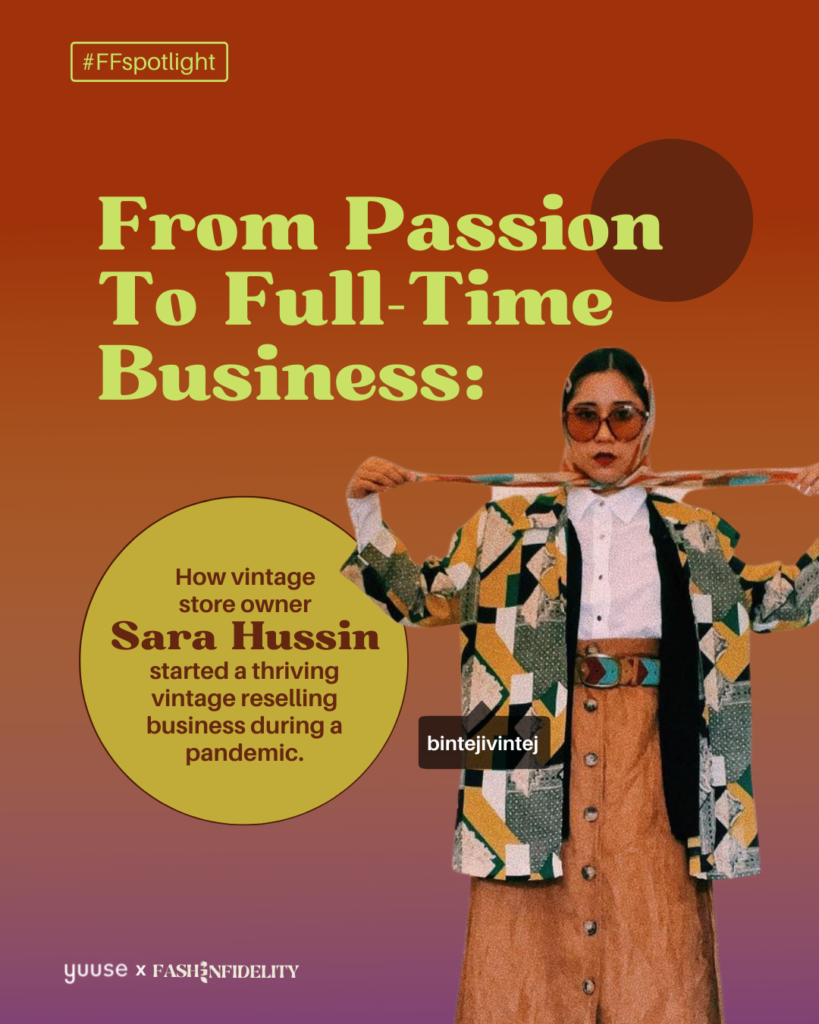
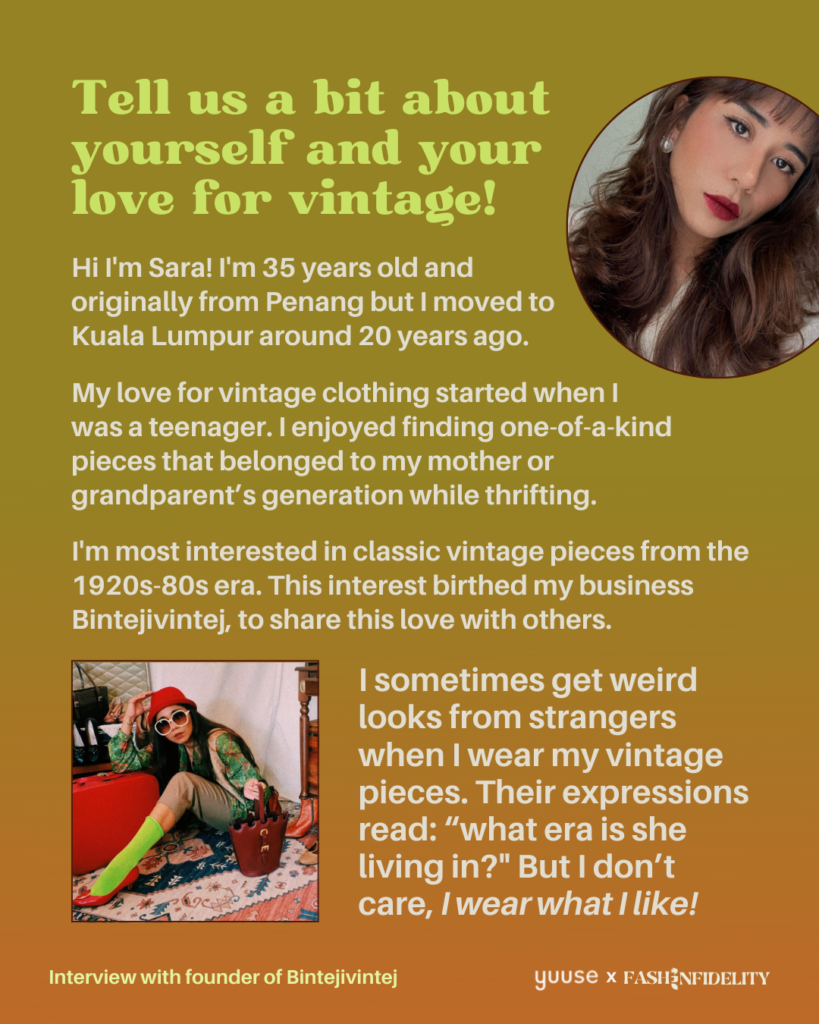
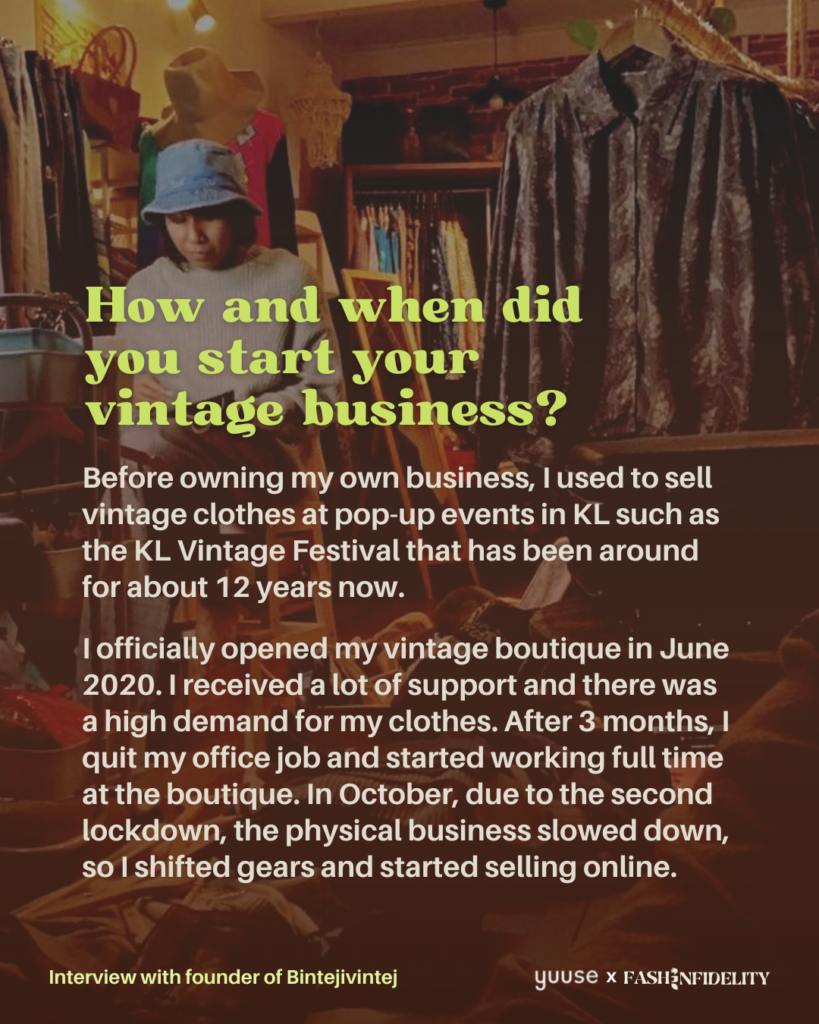
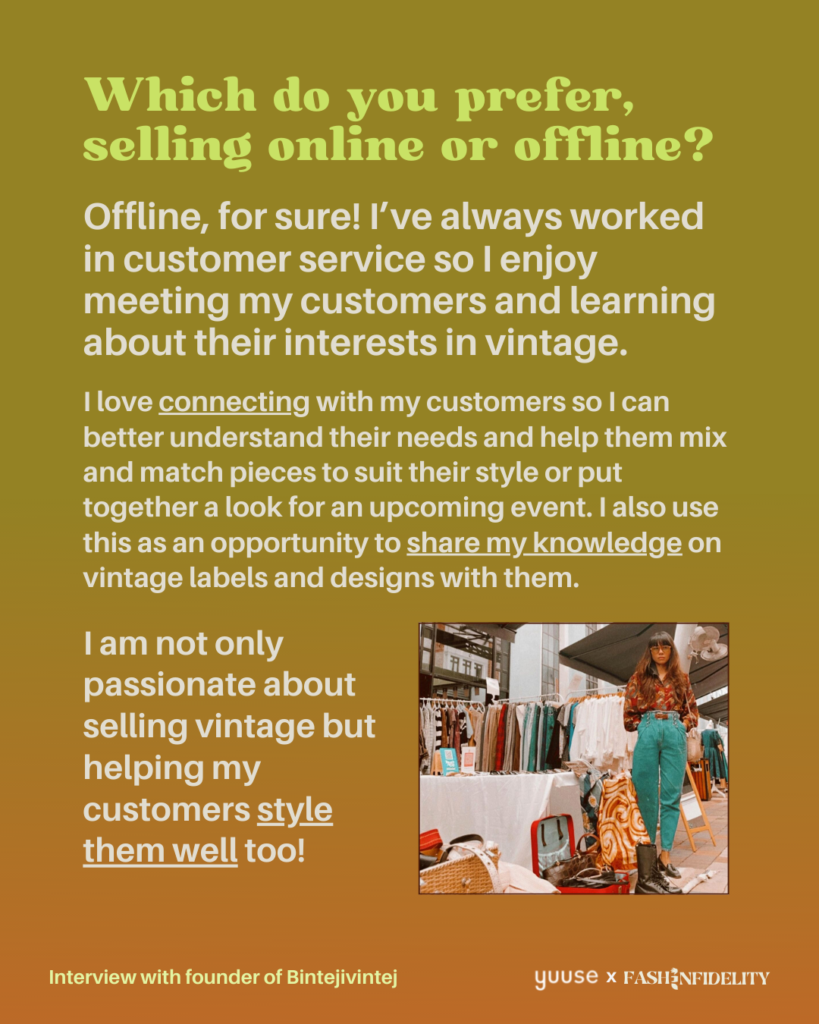
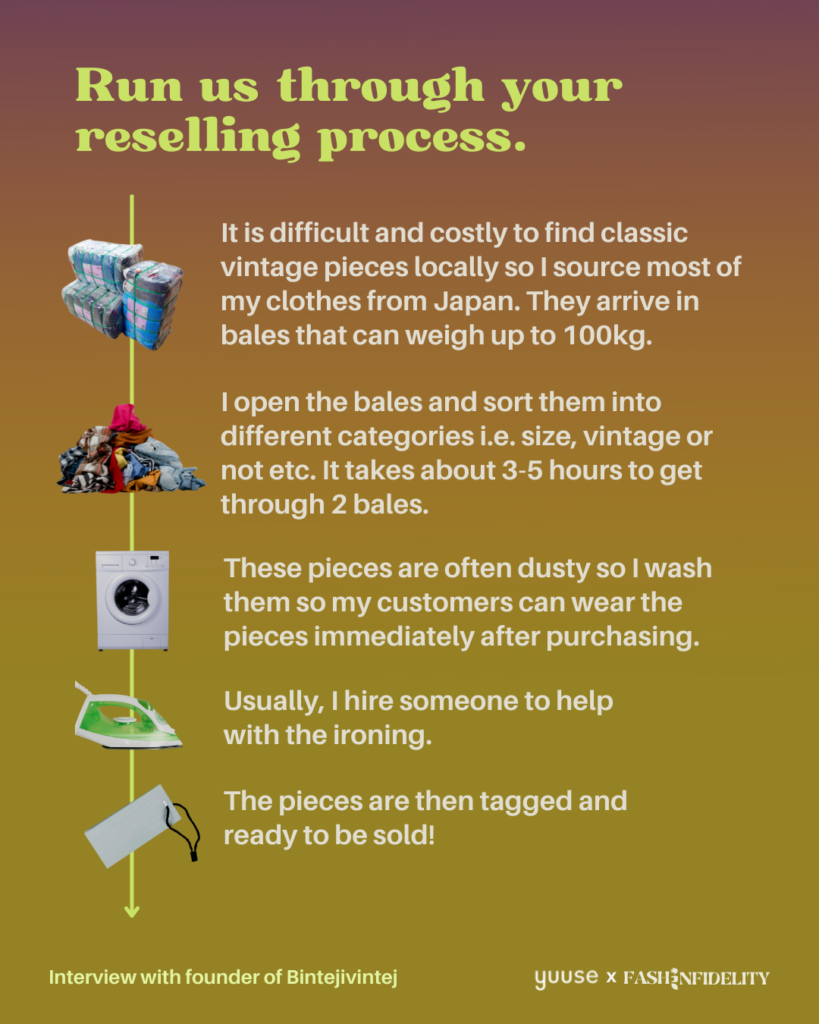
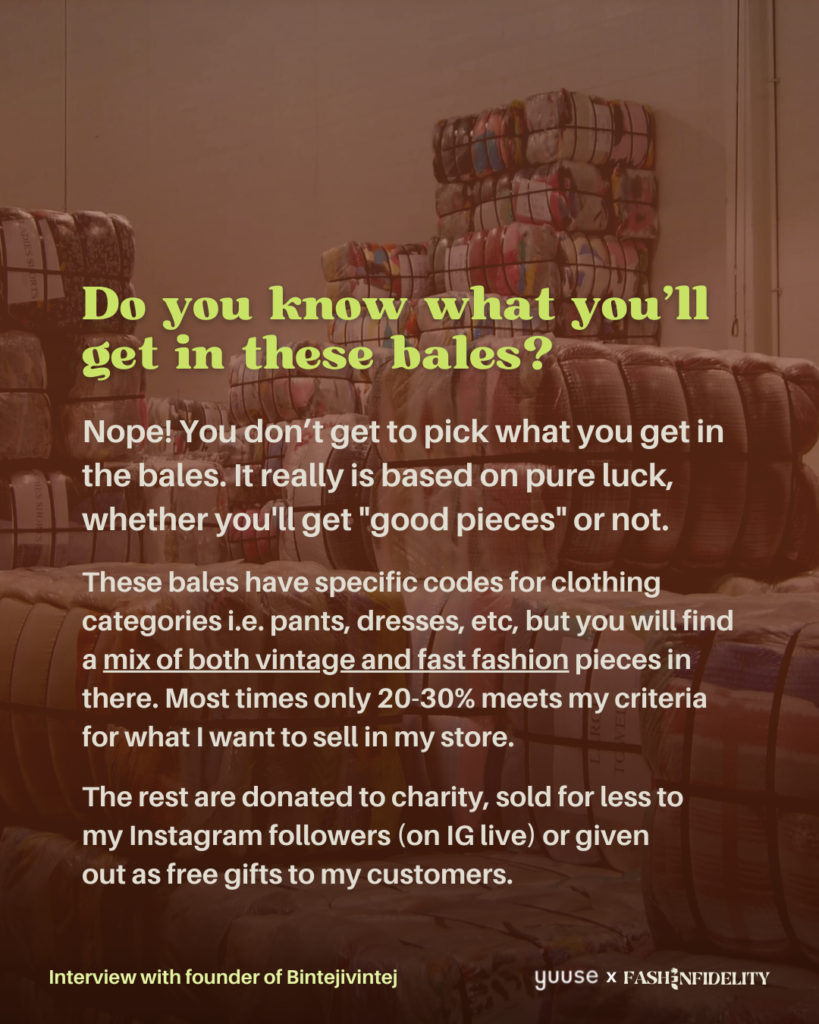

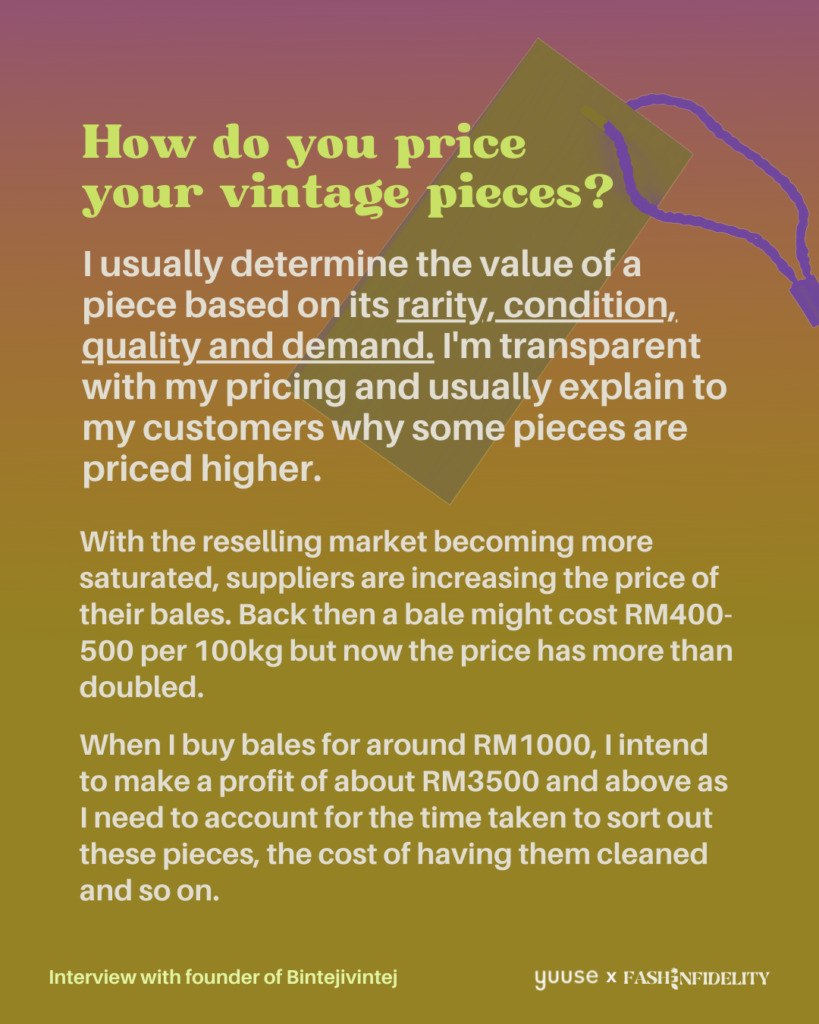
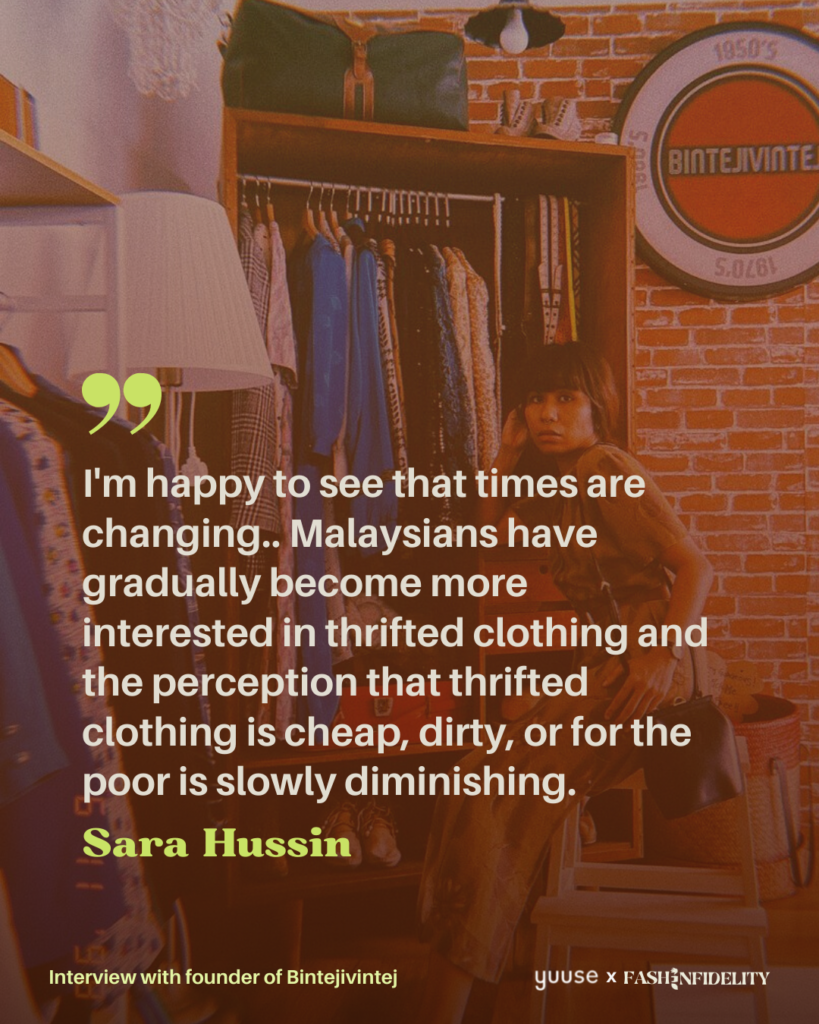
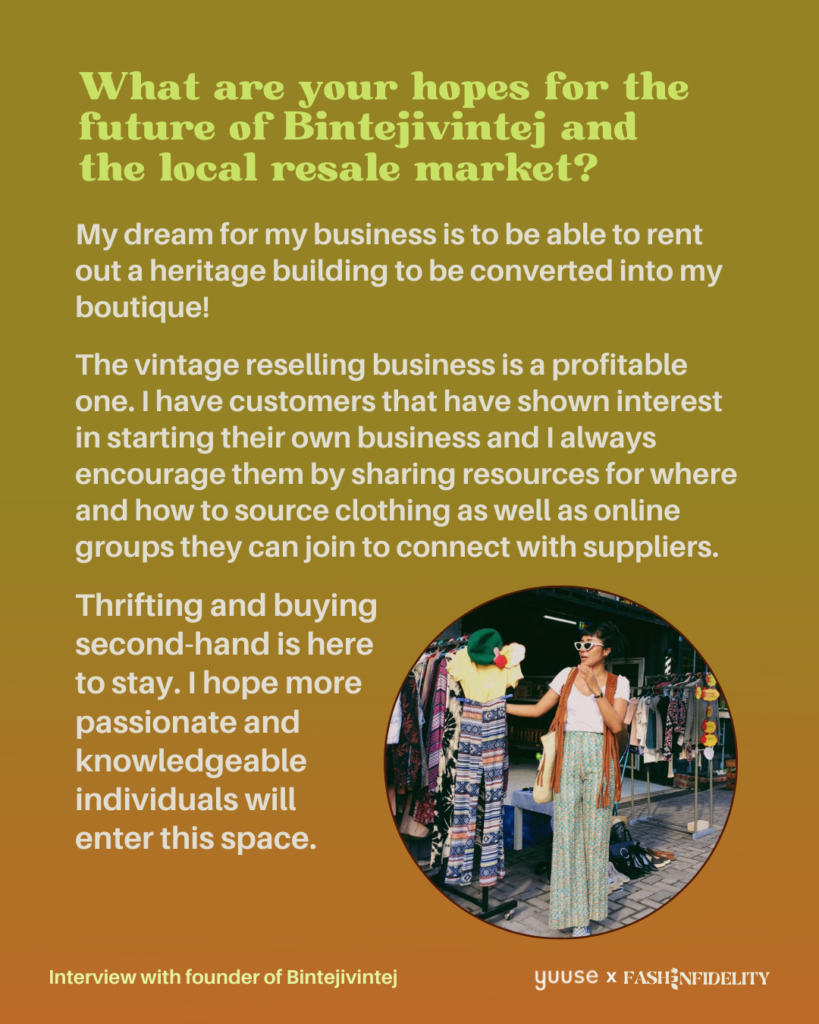
We interviewed Sara Hussin from @bintejivintej in May 2022
4) Sustainable consumption, sustainable design, and awareness of SDGs
Last but not least, the movement for sustainable consumption is definitely on the up, too. I remember in 2018 I visited The Hive Eco Store in Bangsar in KL, and was impesssed that a zero-waste service provider like this even existed in Malaysia! I was used to the concept in Australia, but seeing this particular movement culminating in a profitable business was very encouraging to me.
I knew that Zero Waste Malaysia, founded in 2016 is a highly active community of over 40,000 members that promotes and provides resources for individuals and communities to strive for a zero waste lifestyle. I knew that sustainable fashion consumption was a subset of this massive movement and I made the decision to consciously lean into zero waste communities I could find to accelerate my cause. I reached out to FashRev Malaysia at the time, too. There were other related communities in Malaysia that contributed to the sustainable consumption umbrella: healthy eating restaurants, veganism, well-being and fitness, locally-made products, and environmental conservation.
Today, the community and advocacy in this space has grown exponentially in a way that’s unprecedented. Malaysia has gone on to ban single use plastic straws, for example, and shown leadership during the China plastics ban by turning back containers full of plastic waste to be processed illegally here. Malaysians have also embraced emerging local designers in the sustainable fashion space, and entrepreneurs providing solutions to managing difficult wastes, as well as provide online marketplaces to sell and buy from more responsible brands. Repair and DIY are making a comeback. Banks and large institutions have hosted Sustainability Development Goal (SDG) conferences. Kuala Lumpur Fashion Week first debuted its sustainability showcase runway with a segment called ‘Design to Sustain’ in 2019!
Publications such as Tatler, Zerrin, Riuh, 24 Local and SAYS have convered many articles on Malaysian brands that champion sustainability, as well as the more recent platforms Sense Scoop and First Classe. Hatta Dolmat produced a collection for KLFW with rPET fabric in 2020. Taylor’s University fashion design students designed a collection based on a ‘Sustainability Meter’ last year, and just recently, the Malaysia Fashion Creativity Award was founded by a reputable line-up of fashion educators and industry players to rethink Malaysia’s fashion future by considering the nation’s heritage, fit for the world stage. Check out our interview with Xe Linn, founder of Malaysia’s first zero-waste label here.
The COVID19 crisis really made Malaysians think twice about their purchasing habits, especially for non-essential items such as ‘fashion’ clothing and footwear, and helped stake a more mindful pattern of consumption moving forward. I am convinced this change in behaviour will continue to stay with a lot of us, as FASHINFIDELITY polling, from time to time, suggests.
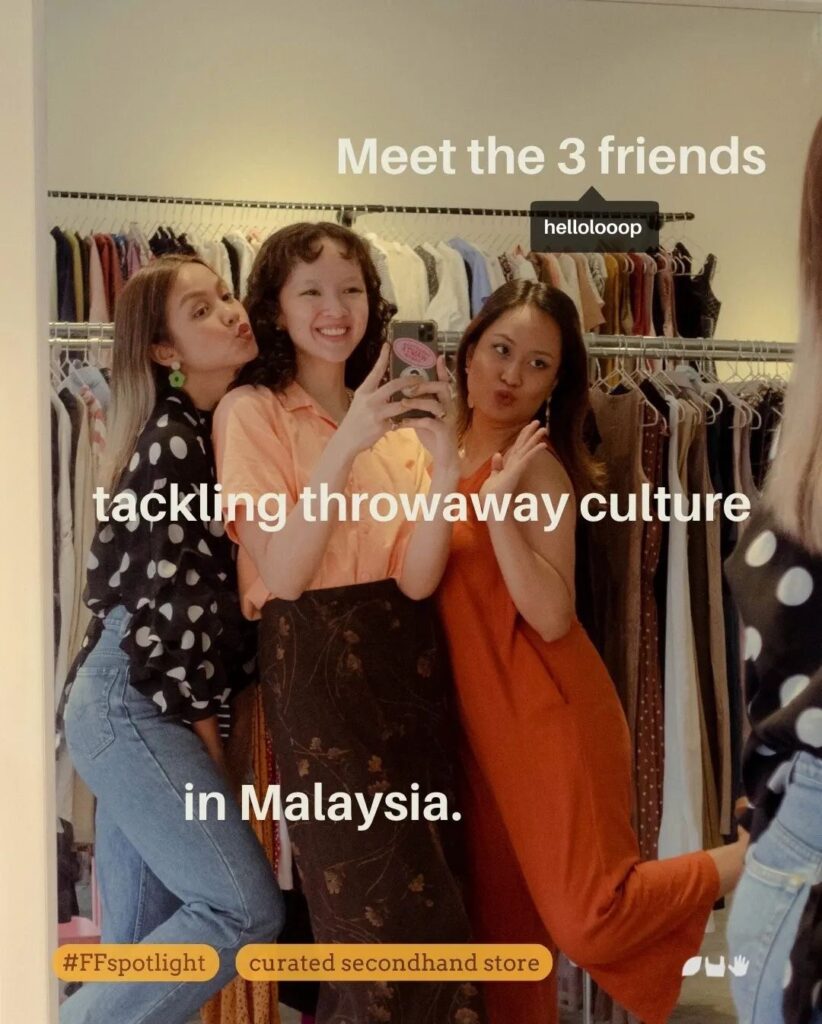
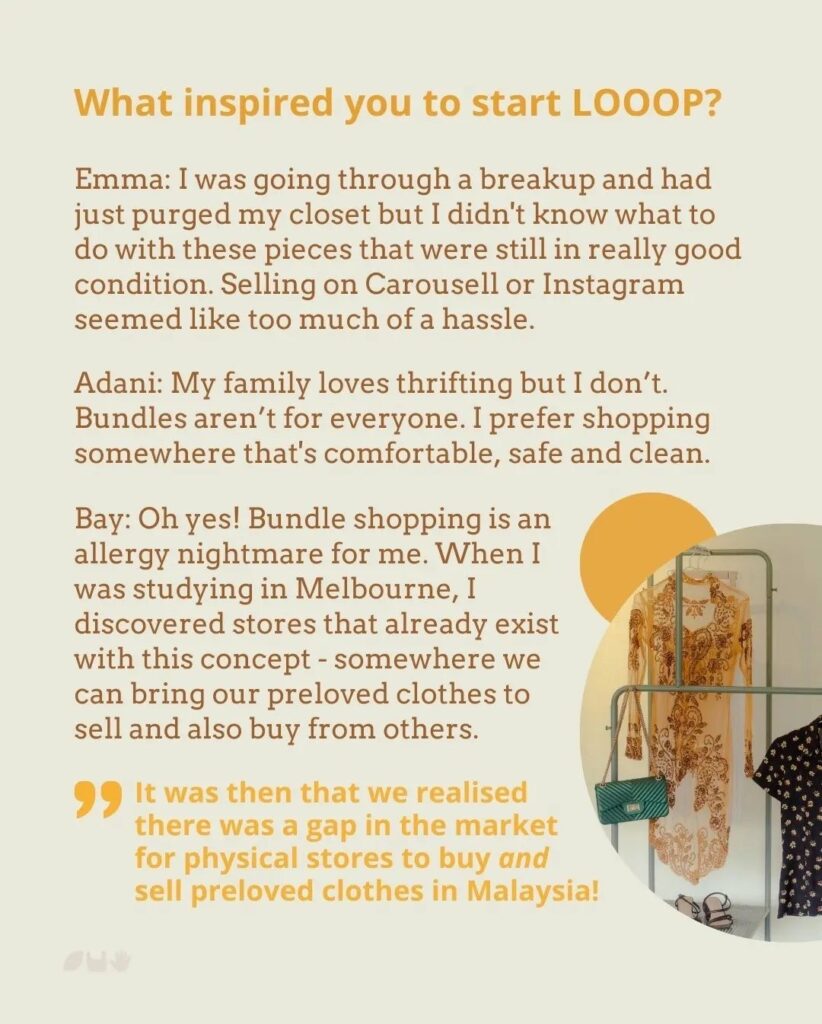
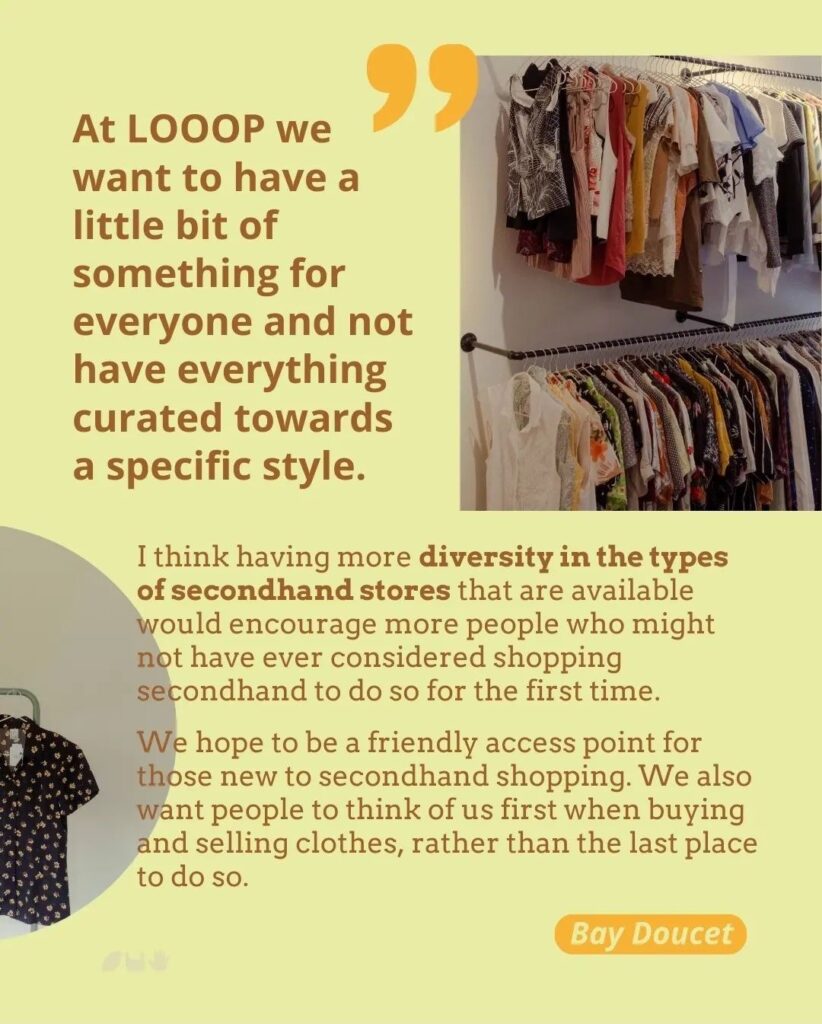
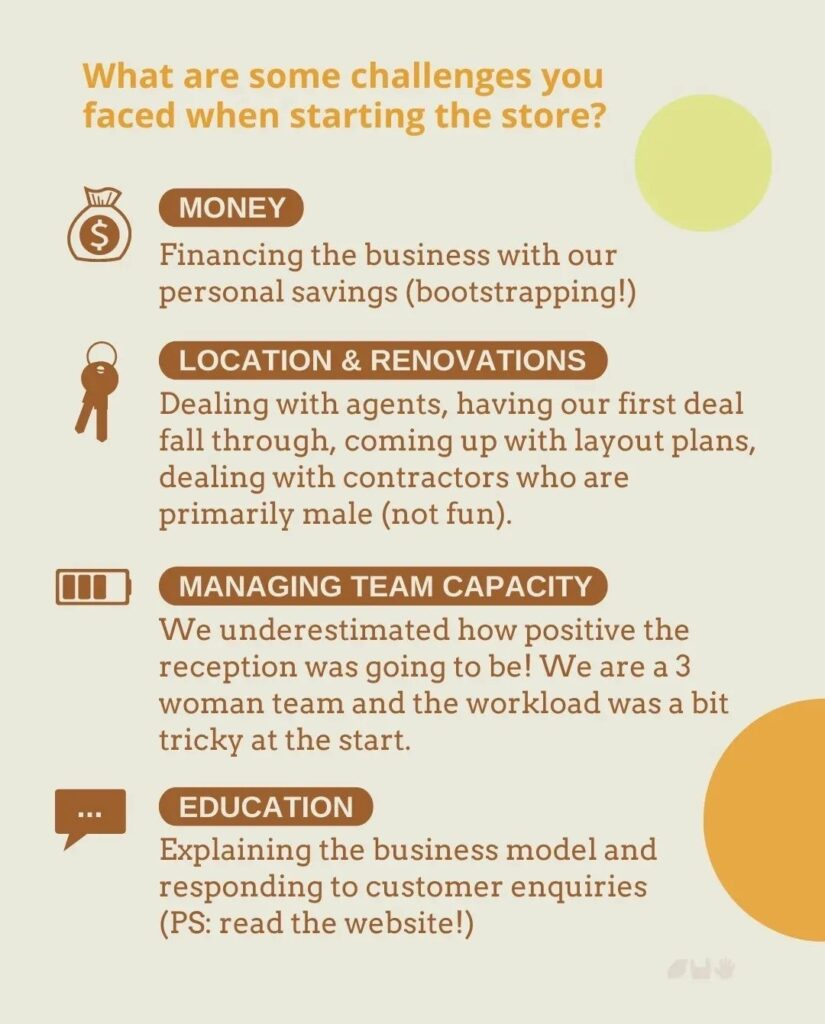
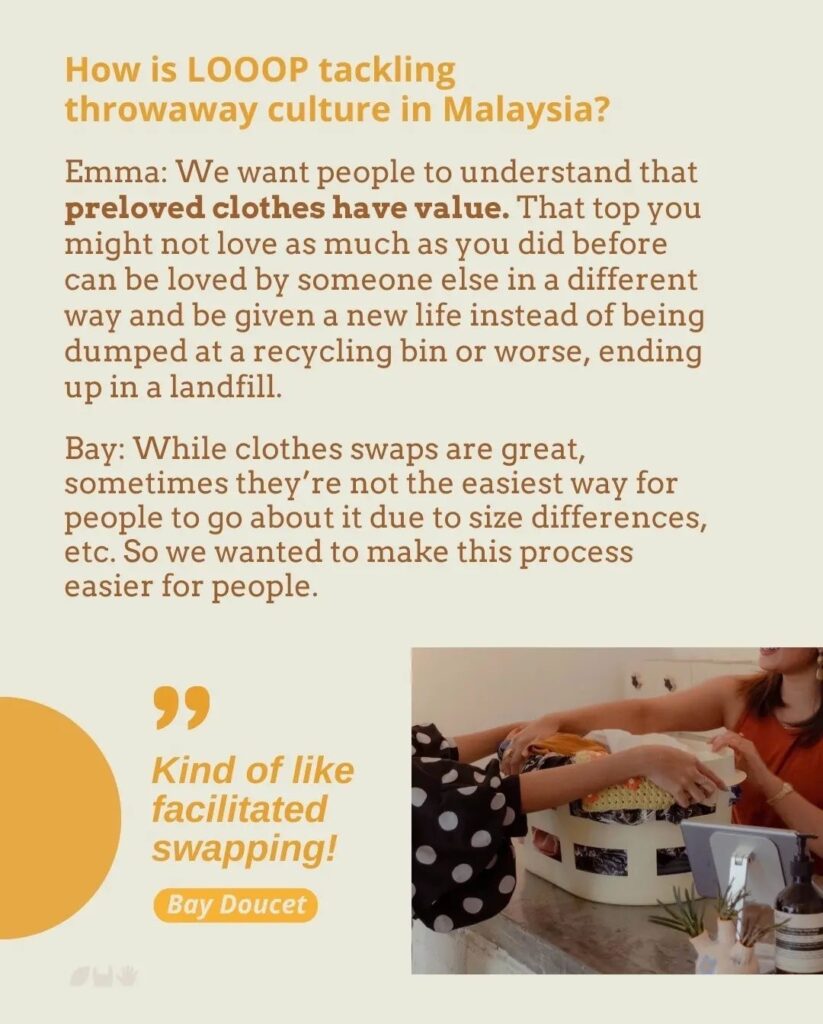
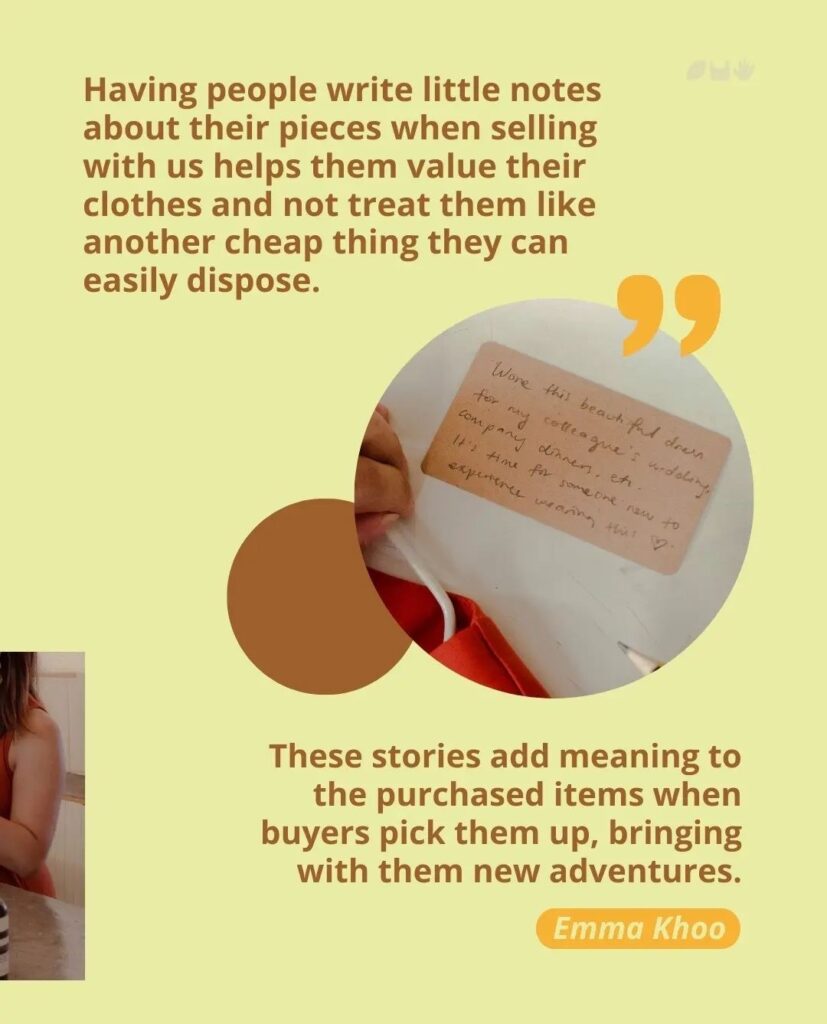
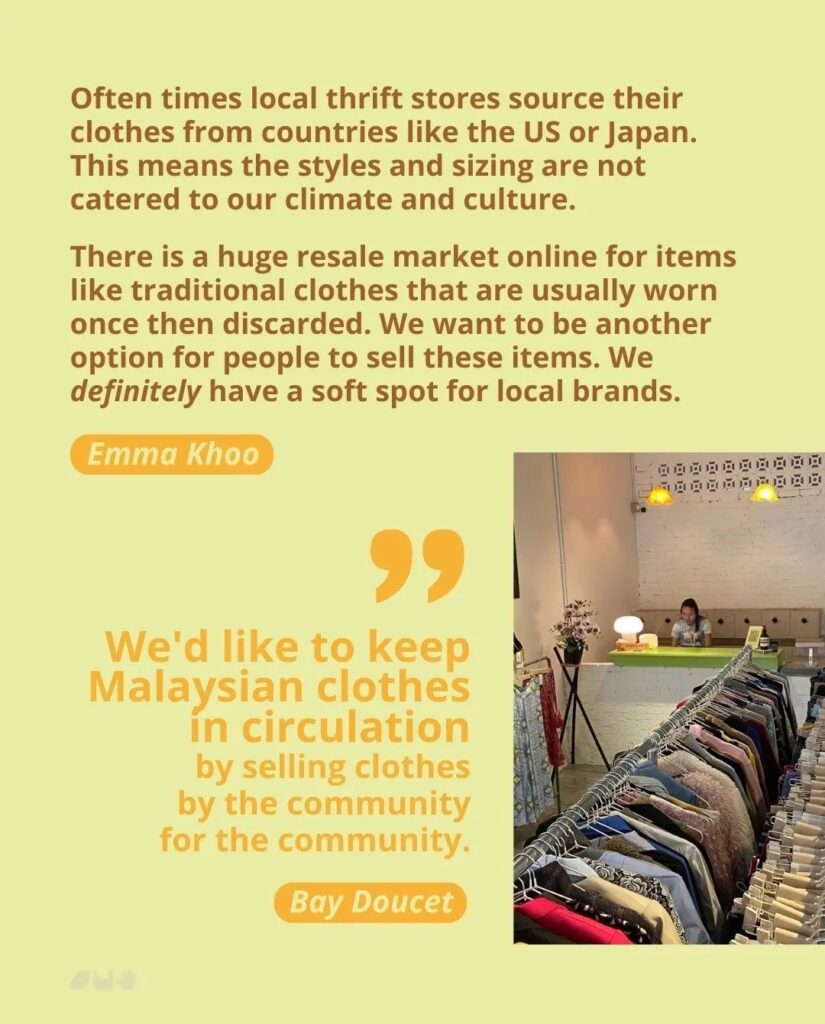
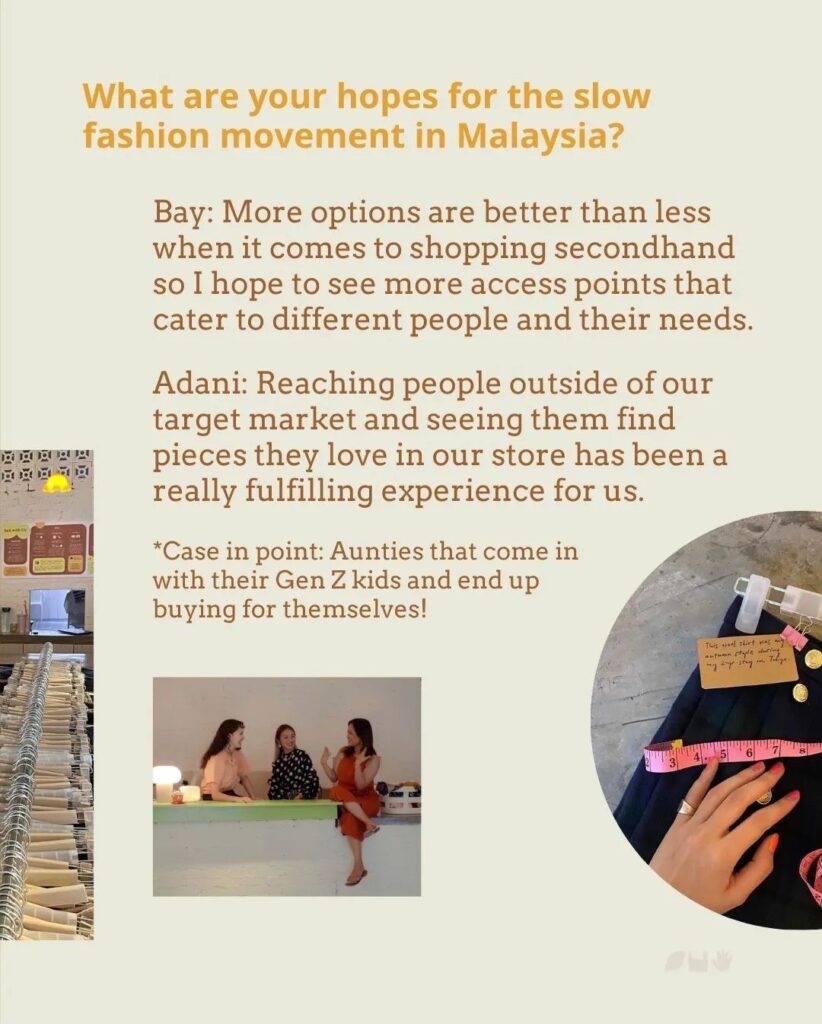
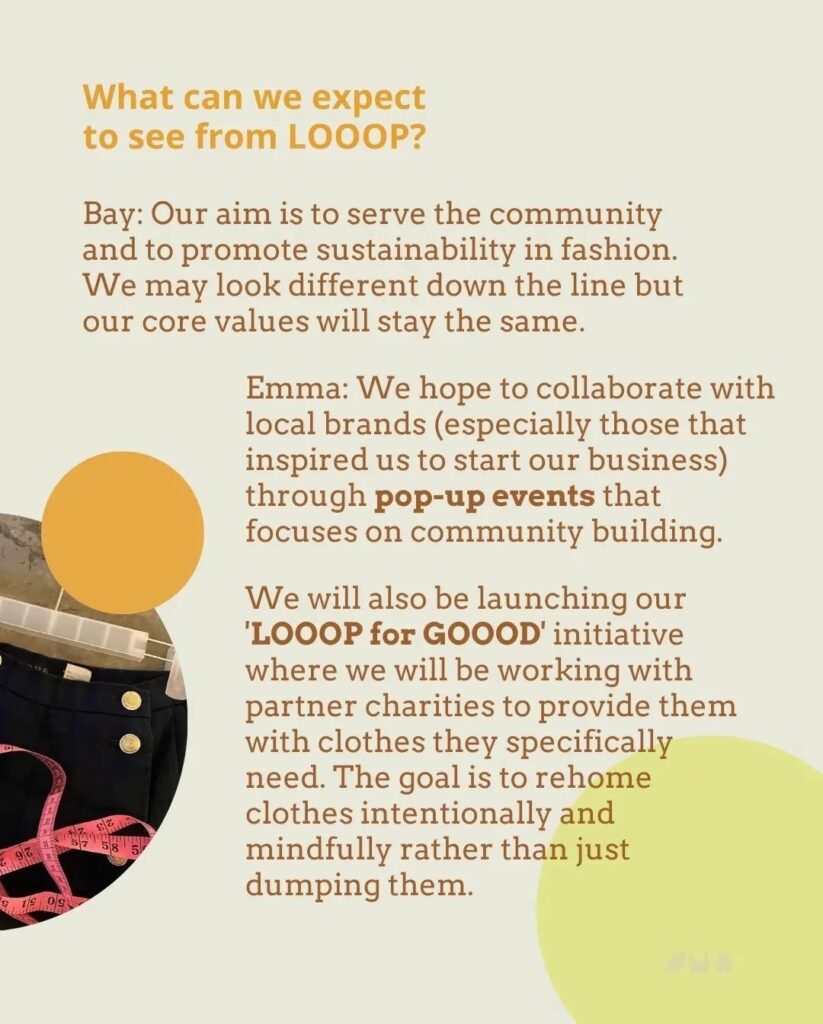
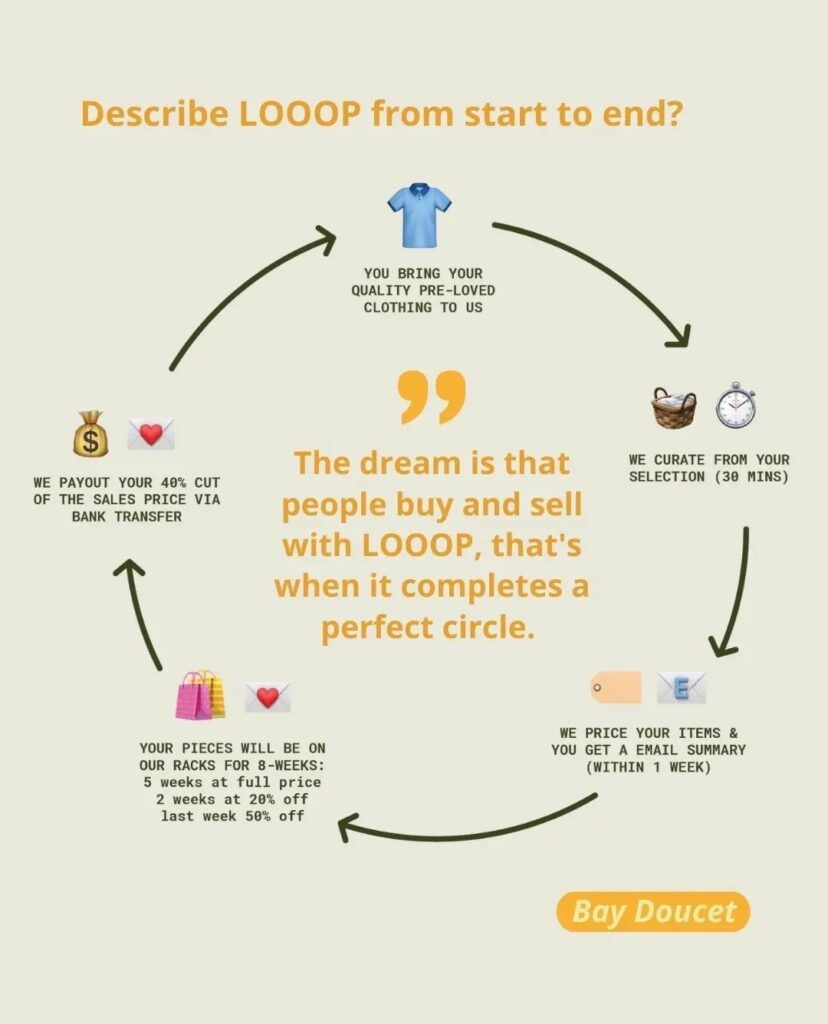
In the next 5 years, I hope embracing slow fashion, reuse, re-wear and re-style will be the norm in Malaysia, and sustainable fashion designers will continue to push the boundaries of questioning good design within academic institutions and curriculums. Personally, FASHINFIDELITY is earmarked to grow in this space, too, by providing the ultimate resource, community, and media presence online to be engaged in this topic. Watch this space – I’m excited!
What do you hope to see?
- Najah x
Join us in our Slow Fashion movement with the hashtags #ConscientiousFashionista and #wardrobetruths on Instagram, and follow us at @fashinfidelity.
Tags: #malaysianfashion #malaysiandesigners #sustainablefashionmalaysia
#fashrevmalaysia #malaysia #conscientiousfashionista #fastfashion #slowfashion #wardrobetruths #fashioneducation #fashion #fashinfidelity

